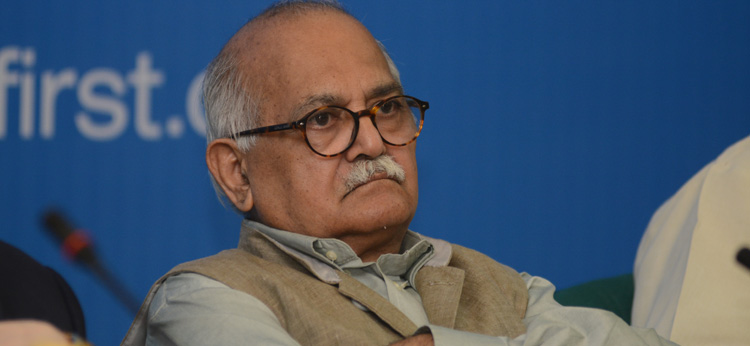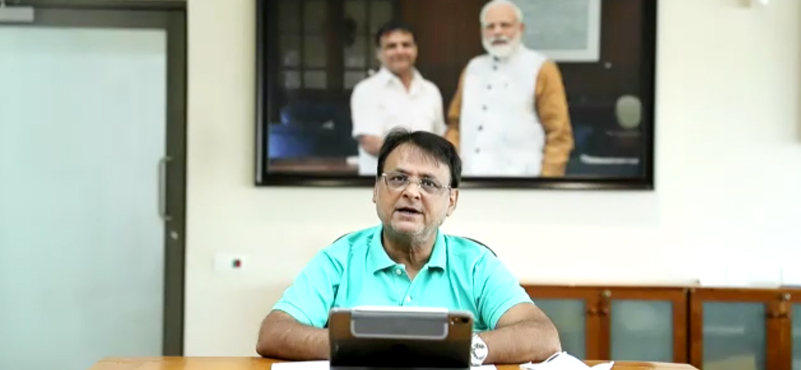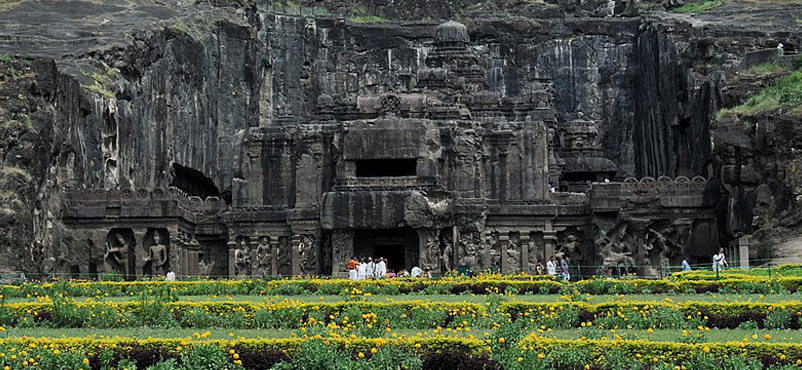Padma Bhushan S K Misra has been a towering figure of the tourism sector for many decades, spearheading some of the finest projects in his heyday, during his stint in the tourism ministry and later in INTACH. Speaking at the Amity International Tourism & Hospitality Conference, he yet again underscored the need for strengthening rural tourism offerings, as it had massive implications on capacity-building at the grassroots. He also advocated for a more concerted approach in selecting villages for promoting rural tourism. We bring you excerpts of his insightful speech.
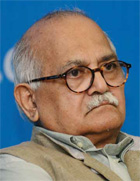 Batting for rural tourism as a vehicle for national growth, especially at the grassroots, S K Misra asserted that the sector needed close attention and it was “overdue” to focus on newer destinations to attract more tourists into India. However, he urged stakeholders to not look at rural tourism only to augment numbers and businesses, but as a “strong vehicle for development in many parts of the country.” He conceded that the Ministry of Tourism had initiated some measures in this segment, but they could not be sustained for reasons galore.
Batting for rural tourism as a vehicle for national growth, especially at the grassroots, S K Misra asserted that the sector needed close attention and it was “overdue” to focus on newer destinations to attract more tourists into India. However, he urged stakeholders to not look at rural tourism only to augment numbers and businesses, but as a “strong vehicle for development in many parts of the country.” He conceded that the Ministry of Tourism had initiated some measures in this segment, but they could not be sustained for reasons galore.
Recalling his first rendezvous with the rural tourism sector, while he headed INTACH (Indian National Trust for Art and Cultural Heritage), he shared that the village of Raghurajpur in Odisha gave him an opportunity of experimenting with the concept. “The location was close to the famous temple town of Jagannath Puri, which attracts thousands of tourists, both domestic and foreign. The village has a long-standing tradition of Pattachitra painting, sculpture and toy-making. The artisans work from their small houses where they demonstrate their skills to visitors and offer their products for sale,” he said.
Elaborating on his engagement, he divulged that the village also had a unique tradition where young boys and girls, aged 10-12, performed the Gotipua dance. “The village had good potential as a unique rural tourist destination with easy accessibility to the National Highway, and offered a unique performance experience as well as an appealing shopping experience. With these basic assets already in place, a masterplan for infrastructure development was put in place, focusing on better accessibility, cafeteria serving local delicacies and basic accommodation for visitors were set up,” he detailed.
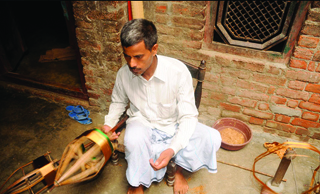 Further sharing that local residents were trained to manage these facilities and ones with basic knowledge of English were trained as guides, besides creating facilities for the Gotipua dance performances, he said “the result was that there was not only a phenomenal increase in visitors, but also a positive impact on the lives of the local people with a substantial increase in earnings and better employment opportunities. It was no surprise, therefore, that this village secured the first prize in the rural tourism category from the Ministry of Tourism.”
Further sharing that local residents were trained to manage these facilities and ones with basic knowledge of English were trained as guides, besides creating facilities for the Gotipua dance performances, he said “the result was that there was not only a phenomenal increase in visitors, but also a positive impact on the lives of the local people with a substantial increase in earnings and better employment opportunities. It was no surprise, therefore, that this village secured the first prize in the rural tourism category from the Ministry of Tourism.”
Sharing another such engagement, he told the gathering that one of his projects was to create a cluster of three villages in the District of Azamgarh in Uttar Pradesh. These villages in close proximity to Varanasi attract thousands of tourists, a large number of them being foreigners in search of the real India. “Each village possess a unique heritage asset. Nizamabad boasts of Black Clay Pottery tradition with Silver work. The only village in the country which is engaging in this activity since the time of Mughal Emperor Aurangzeb. While Mubarakpur is famed for its fine weaving tradition since the 14th century, and is mentioned in the travels of Ibn Batuta. Another village has strong classical music tradition. In spite of these rich heritage in villages, they suffered in poverty and lack of basic infrastructure and facilities,” he said.
As a part of his intervention strategy, he has been developing these villages as new destinations for foreign tourists, aimed at proving them a unique rural experience, he said. Interestingly, hoteliers, nearby, have indicated that they would be happy to organise a day-trip to these villages, as tourists will stay with them for an extra night, he shared. “Plans for infrastructural development have been out into place to provide tourists with better accessibility, cleaner surroundings, with focus on improved drainage, safe drinking water, assured power supply, home-stay facilities and a tourist lodge. Better facilities for music performances, training local residents for various activities, and motivating the youth with a youth-club for community development. Some of the required funding has already been secured from, both, government and private sources. This is a very exciting pilot project and we hope to replicate it in many states. India is a vast country and considering its size and varied attractions, we have yet to reach our full potential as far as foreign and domestic tourists are concerned,” he asserted.
Noting that there were glaring gaps to be filled, he asked for a large-scale involvement of rural communities in tourism activities, calling it a win-win situation for both the tourism industry and millions living in villages. “A concerted effort shall be required from the central government and state governments and the private sector. The role of government should, primarily, be that of a facilitator, ensuring a steady flow of funds when required, developing policy initiatives, organising training programs, developing infrastructure – particularly in regard to connectivity, safe drinking water drainage, assured power supply and adequate publicity,” he explained.
S K Misra was of the opinion that India’s overall development was closely linked to the extent of the rural sector when it was brought into the mainstream, and was able to contribute substantially to the national economy. “Unfortunately, full recognition of the catalytic effect of tourism is yet to emerge. It has great implications for arts and culture, women empowerment, removing social barriers and existing frustration that our youth is subjected to, and in the final analysis, producing responsible and healthy citizens capable of shouldering responsibilities and providing leadership,” he lamented.
“Tourism and rural development can be seen as two sides of the same coin. There is an urgent need for all stakeholders to join hands to evolve strategies that remove bottlenecks and roadblocks, and create new avenues for long-term and sustainable tourism,” he added.
Taking stock of the foreign outbound coming into India, he asserted that an increasing number of foreign tourists were in search of the ‘real India’, and Indians, too, were exploring their rural roots, providing potential waiting to be exploited. “The activities that affect leisure travel into rural areas include working and training traditional crafts persons, participating in classical dance performances, gaining an insight into painting traditions, exploring monument traditions, witnessing conservation efforts, participating in their daily rituals of rural lives,” he said.
In his concluding remark, he said “for rural tourism to flourish, always keep three things in mind. Have something for visitors to see, do and buy.” Adding that after making right selection of other measures necessary for motivation, involving communities, training programs, identification of assets and support programs to enhance the team, he said “the impact of these measures, apart from adding to tourist arrivals, would have tremendous significance on rural residents in capacity building.”

